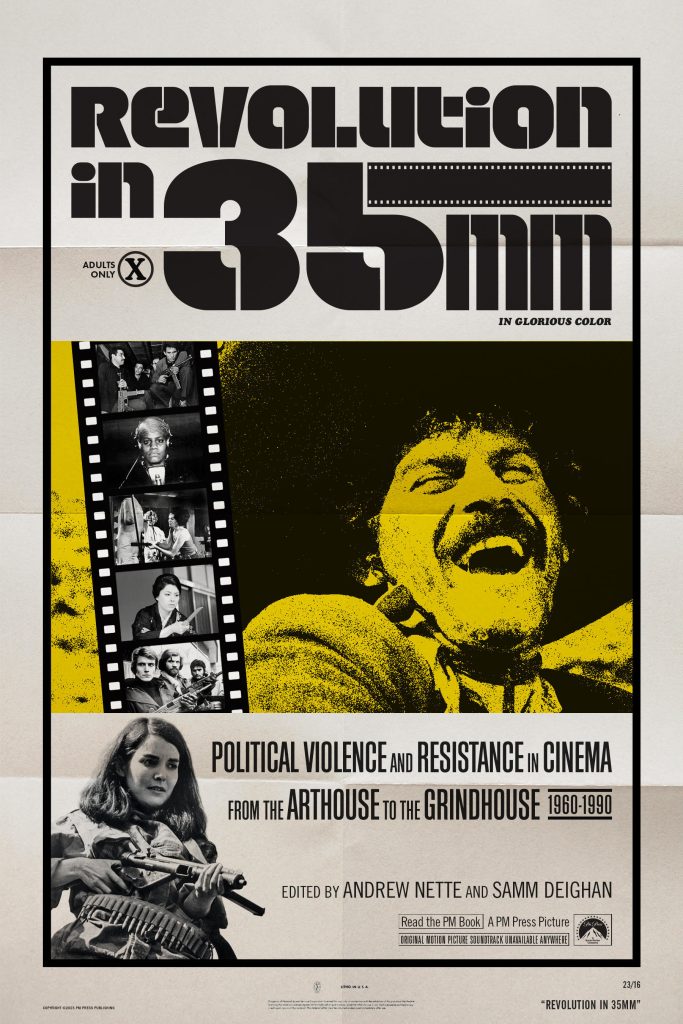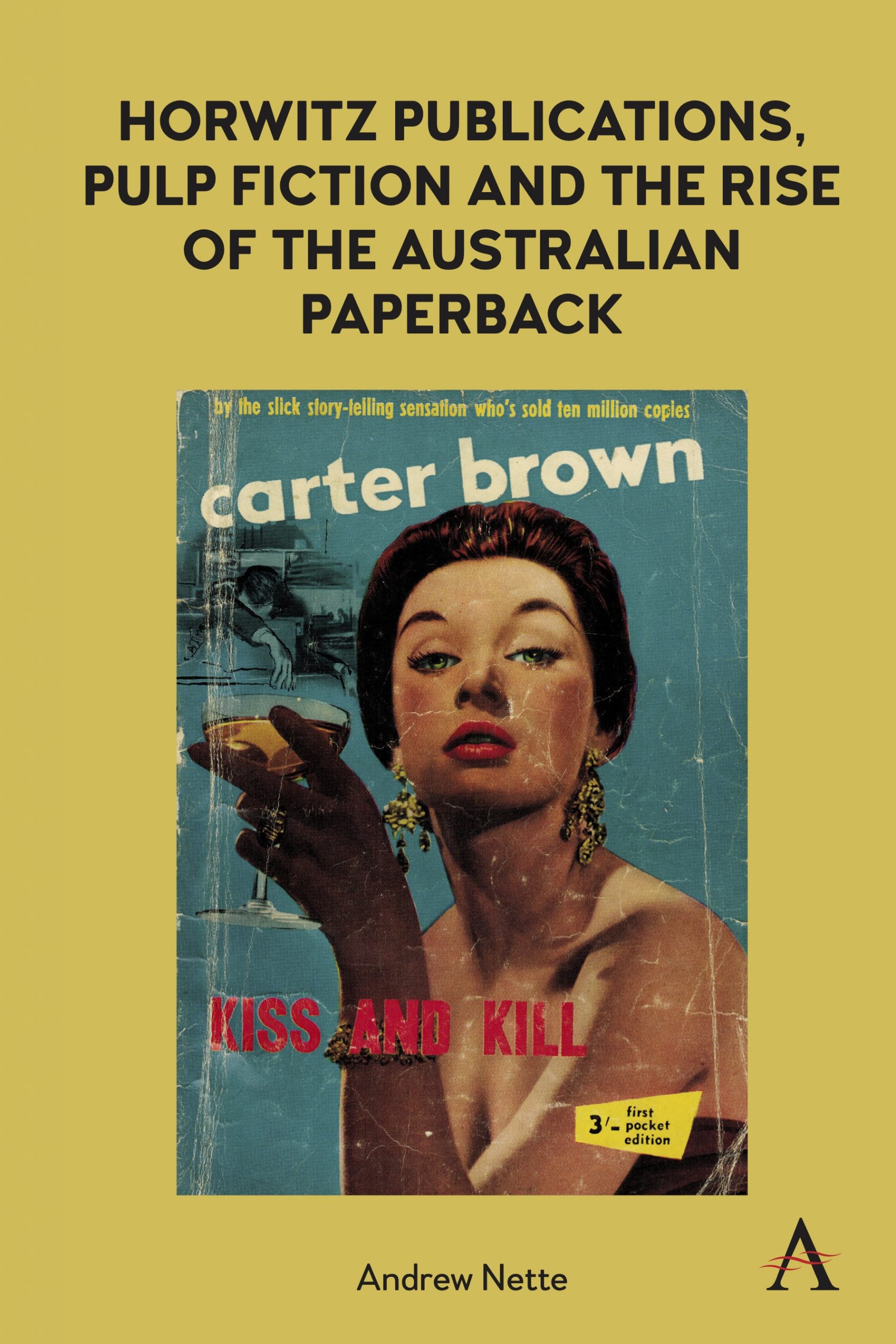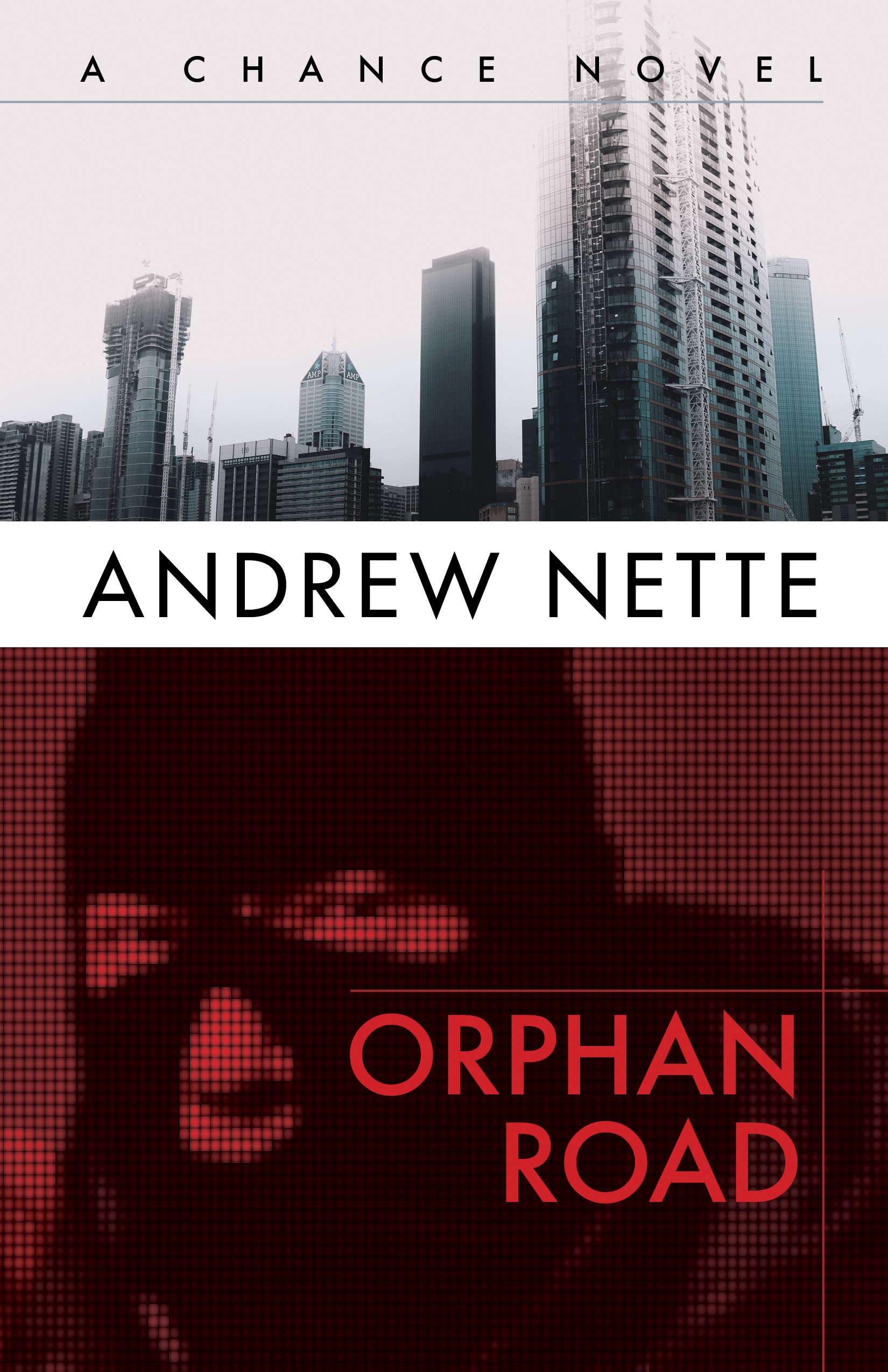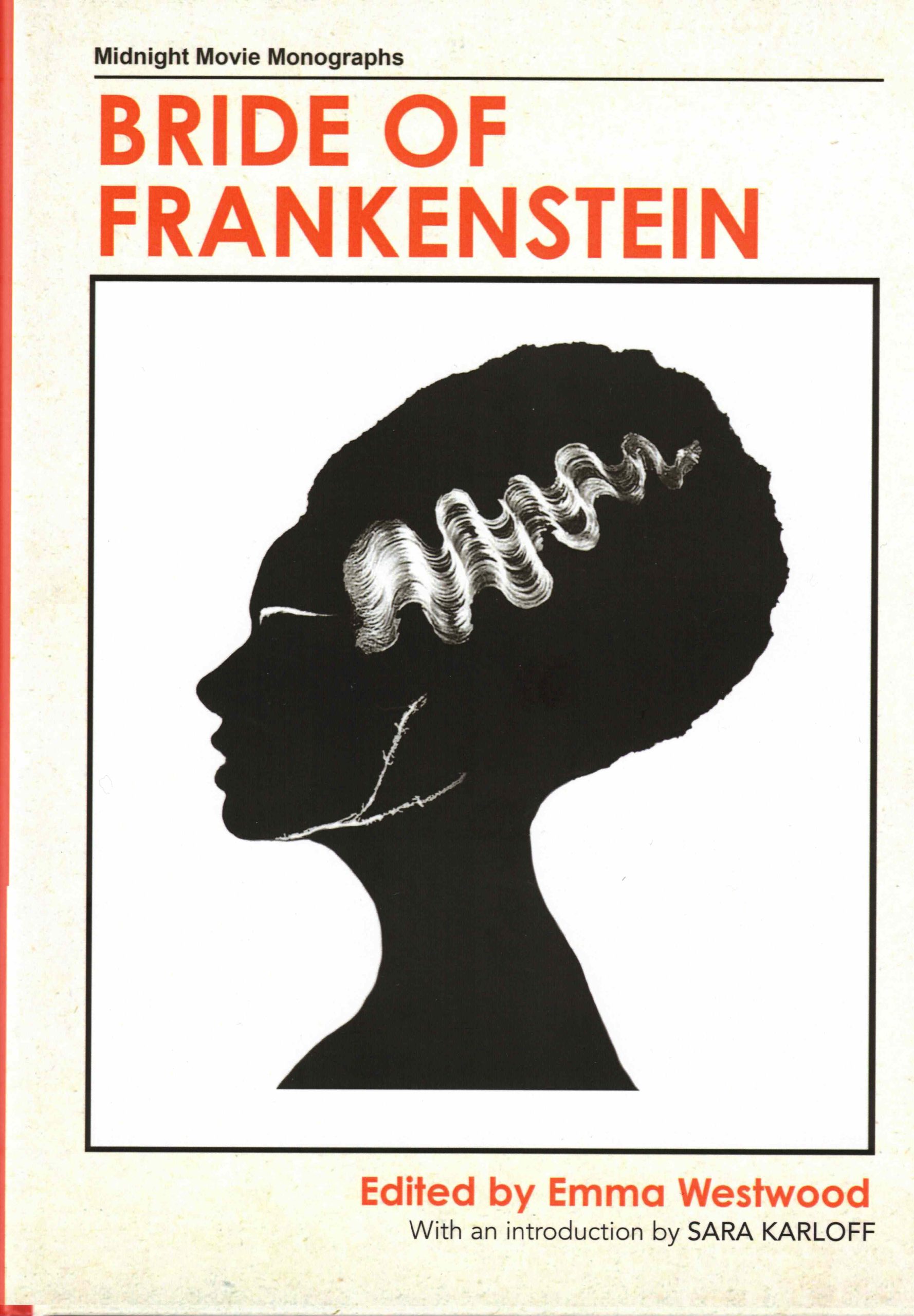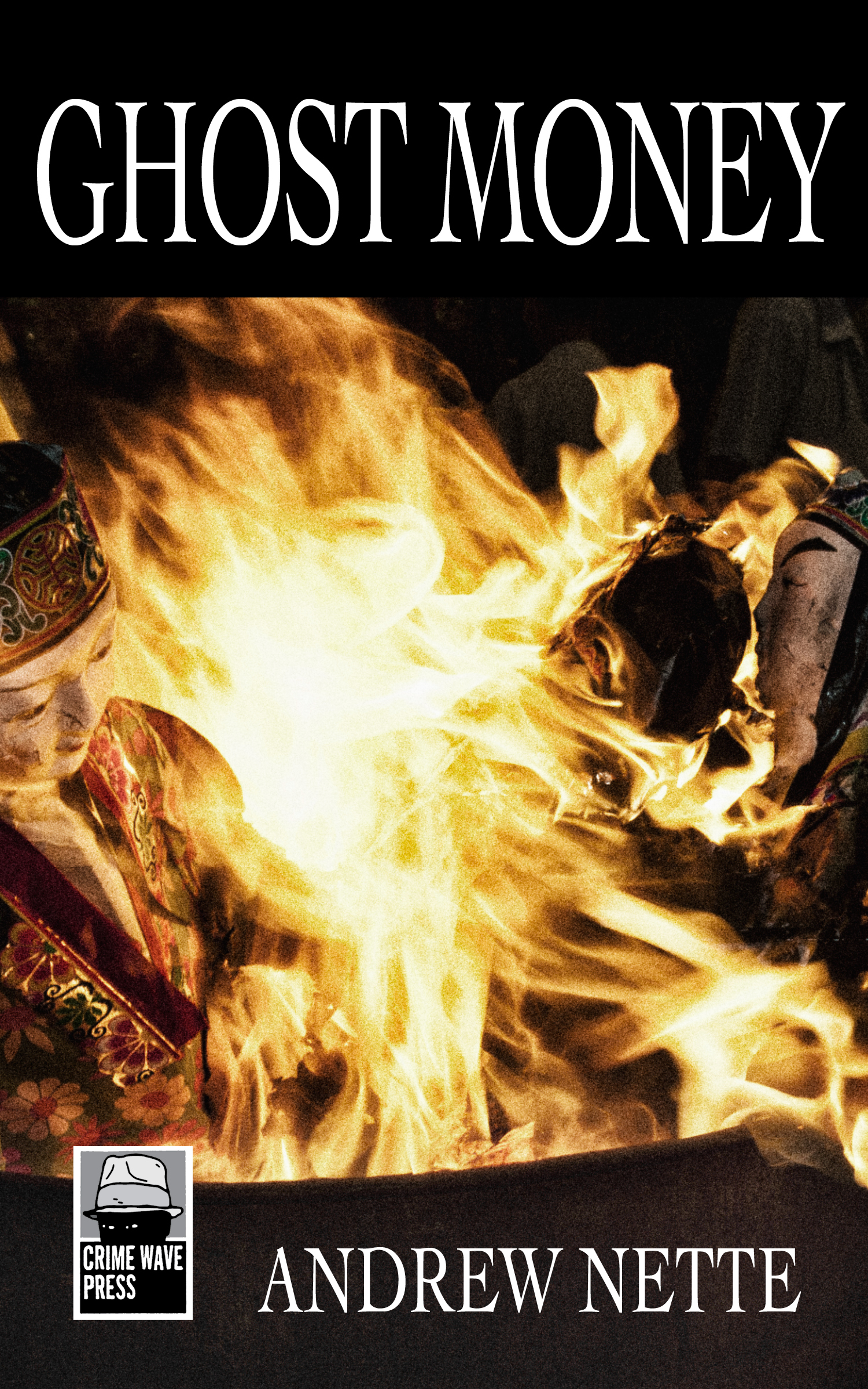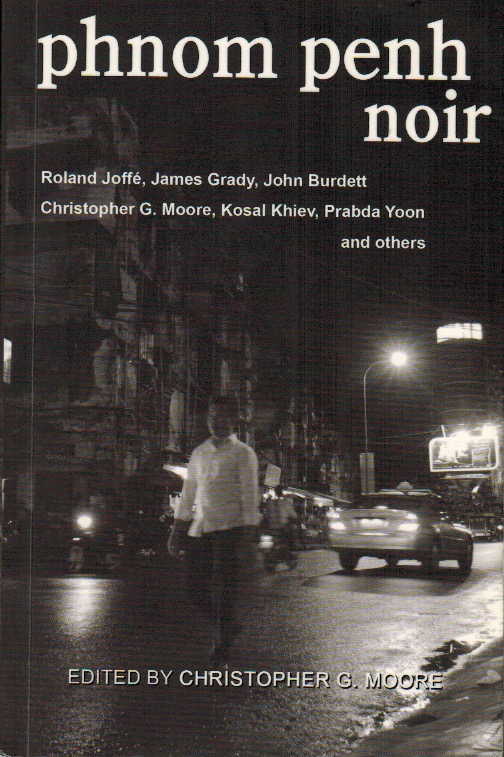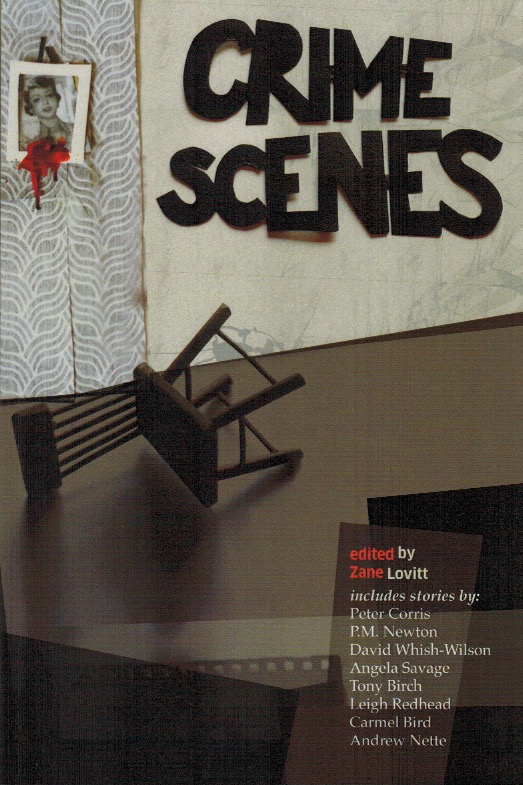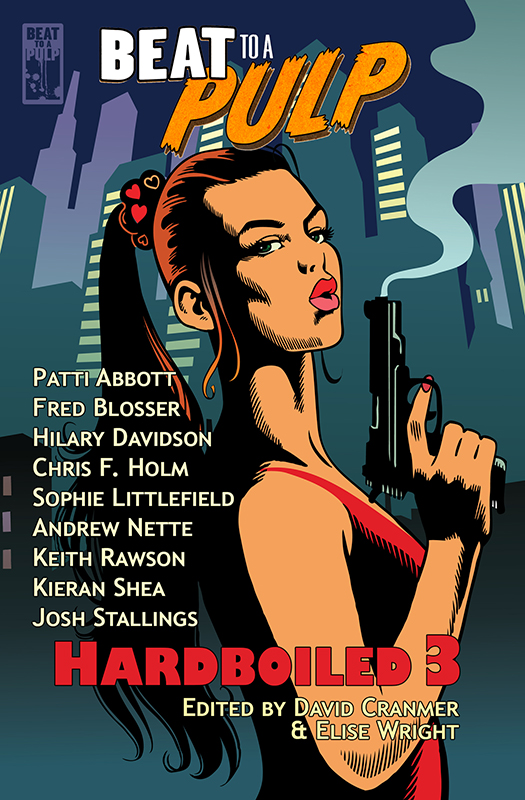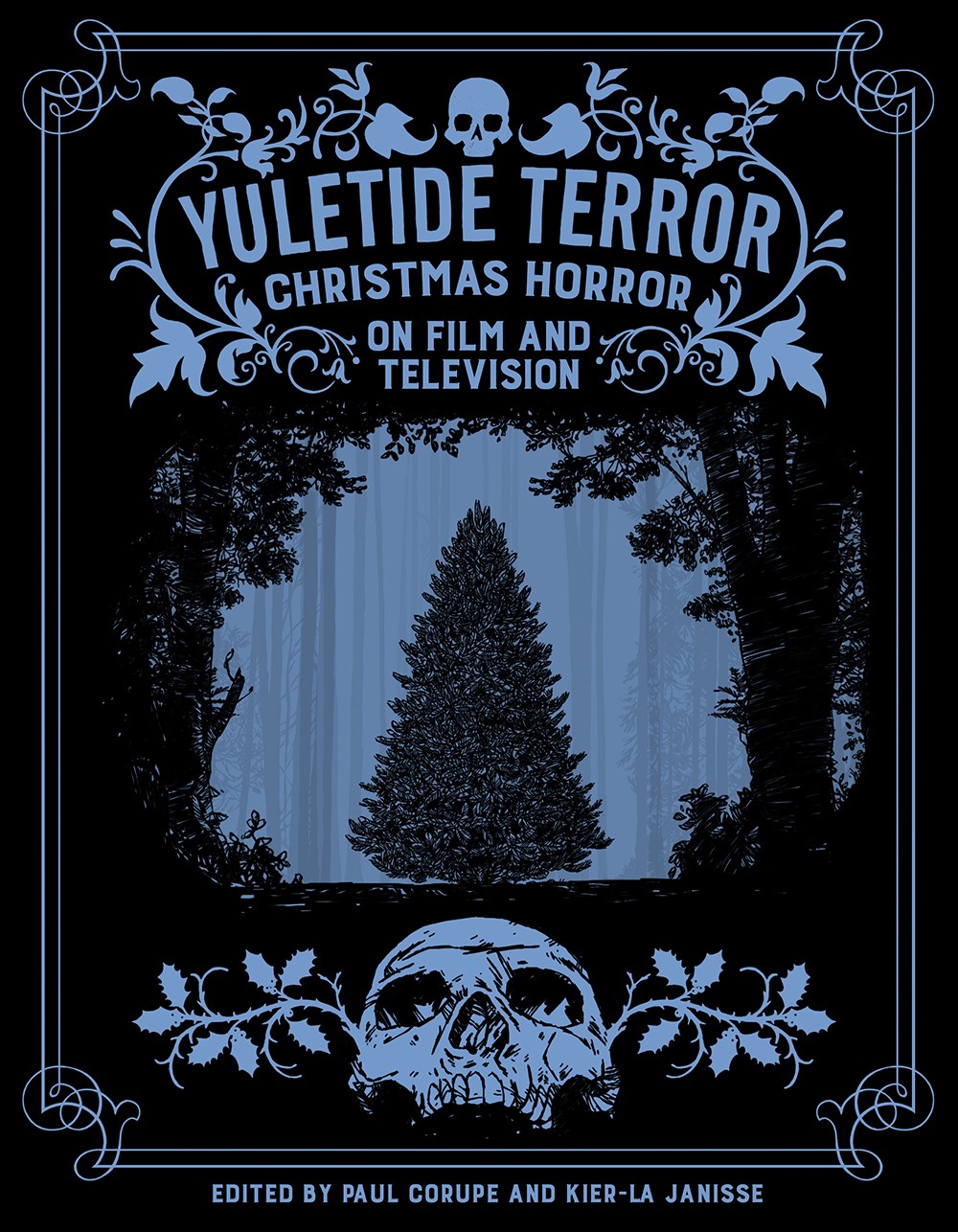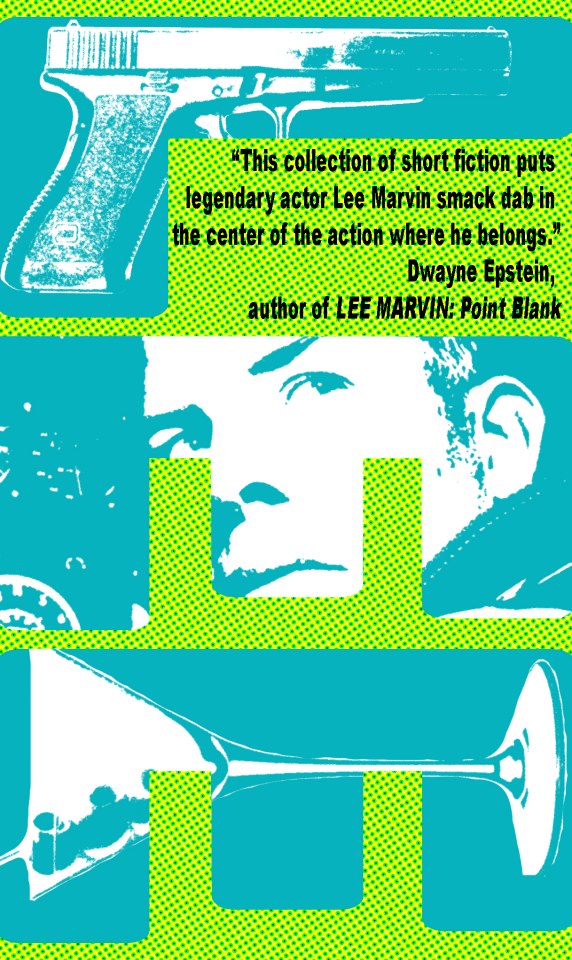Search
-
Recent Posts
- Dishing up Pulp Curry in a new way: why I am starting a Substack newsletter
- Book reviews: Deadly dames, midcentury Brit pulp and 1970s science fiction
- Mackenna’s Gold (1969): Gold, Ghosts and Frontier Violence
- Orphan Road book launch
- Orphan Road now available
- Pre-orders open for my new novel, Orphan Road
- Cover reveal: Orphan Road, my follow up to Gunshine State
- Breakfast in the Ruins podcast: New English Library Bikermania
- Why 1973 was the year Sidney Lumet took on police corruption
- Men’s Adventure Quarterly: Gang Girls issue
Categories
- 1960s American crime films
- 1970s American crime films
- 1980s American crime films
- 1990s American crime films
- Adrian McKinty
- Albert Dekker
- Andre De Toth
- Angela Savage
- Angie Dickinson
- Anthony Zerbe
- Asian noir
- Australian crime fiction
- Australian crime film
- Australian noir
- Australian popular culture
- Australian pulp fiction
- Australian television history
- Ava Gardner
- Beat culture
- Belmont Tower Books
- Ben Wheatley
- Billie Whitelaw
- Black pulp fiction
- Blaxsploitation
- Book cover design
- Book Reviews
- British crime cinema
- British pulp fiction
- Bryan Brown
- Burt Lancaster
- Carter Brown
- Charles Durning
- Charles Willeford
- Chester Himes
- Christopher G Moore
- Christopher Lee
- Cinema culture
- Claude Atkins
- Coronet Books
- Crawford Productions
- Crime Factory
- Crime Factory Publications
- Crime fiction
- Crime fiction and film from Africa
- Crime fiction and film from Cambodia
- Crime fiction and film from China
- Crime fiction and film from India
- Crime fiction and film from Indonesia
- Crime fiction and film from Japan
- Crime fiction and film from Laos
- Crime fiction and film from Latin and Central America
- Crime fiction and film from Malaysia
- Crime fiction and film from New Zealand
- Crime fiction and film from Scandinavia
- Crime fiction and film from Singapore
- Crime fiction and film from South Korea
- Crime fiction and film from Thailand
- Crime fiction and film from the Philippines
- Crime Fiction and film set in Vietnam
- Crime film
- Dangerous Visions and New Worlds Radical Science Fiction 1950 to 1985
- David Goodis
- David Peace
- David Whish-Wilson
- Derek Raymond
- Diana Dors
- Dirk Bogarde
- Don Siegel
- Don Winslow
- Donald Westlake aka Richard Stark
- Dystopian cinema
- Ernest Borgnine
- Eurocrime
- Fawcett Gold Medal Books
- Femme fatale
- Fernando Di Leo
- Filipino genre films
- Film Noir
- Forgotten Melbourne
- French cinema
- French crime fiction
- Garry Disher
- Gene Hackman
- George V Higgins
- Georges Simenon
- Ghost Money
- Giallo cinema
- Gil Brewer
- Girl Gangs, Biker Boys and Real Cool Cats: Pulp Fiction & Youth Culture, 1950-1980
- Gloria Grahame
- Gold Star Publications
- Gregory Peck
- Gunshine State
- Heist films
- Horror
- Horwitz Publications
- Humphrey Bogart
- Ian Fleming
- Interviews
- Ira Levin
- James Caan
- James Crumley
- James Ellroy
- James Hadley Chase
- James Woods
- Jim Brown
- Jim Thompson
- Joel Edgerton
- John Frankenheimer
- Joseph Losey
- Karen Black
- Kerry Greenwood
- Kinji Fukasaku
- Larry Kent
- Laura Elizabeth Woolett
- Lee Marvin
- Leigh Redhead
- Lindy Cameron
- M Emmet Walsh
- Mad Max
- Mafia
- Malla Nunn
- Martin Limon
- Megan Abbott
- Melbourne International Film Festival
- Melbourne Writers Festival
- Men's Adventure Magazines
- Michael Caine
- Michael Fassbender
- Mickey Spillane
- Monarch Books
- Ned Kelly Awards
- Neo Noir
- New English Library
- Newton Thornburg
- Noir Con
- Noir fiction
- Non-crime reviews
- Oren Moverman
- Orphan Road
- Ozsploitation
- Pan Books
- Parker
- Paul Newman
- Peter Boyle
- Peter Corris
- Peter Strickland
- Peter Yates
- Poliziotteschi
- Pulp fiction
- Pulp fiction in the 70s and 80s
- Pulp fiction set in Asia
- Pulp Friday
- Pulp paperback cover art
- Qui Xiaolong
- Raymond Chandler
- Richard Burton
- Richard Conte
- Robert Aldrich
- Robert Mitchum
- Robert Ryan
- Robert Stone
- Rock Hudson
- Roger Smith
- Rollerball
- Rosaleen Norton
- Roy Scheider
- Rural noir
- Sam Levene
- Sam Peckinpah
- Samuel Fuller
- Science fiction and fantasy
- Scripts Publications
- Sidney Lumet
- Sidney Poitier
- Simon Harvester
- Snowtown
- Snubnose Press
- Spies
- Stanley Baker
- Sterling Hayden
- Steve McQueen
- Sticking it the the Man Revolution and Counter Culture in Pulp and Popular Fiction 1950 1980
- Stuart Rosenberg
- Tandem Books
- Tart noir
- Tartan Noir
- Ted Lewis
- Toni Johnson Woods
- True crime
- Vicki Hendricks
- Victor Mature
- Vintage mug shots
- Vintage pulp paperback covers
- Wallace Stroby
- War film
- Westerns
- William Friedkin
- Woody Strode
- Yakuza films
- Yaphet Kotto
Nothing but noir
Recommended reading
The lurid world of pulp
- 20th century Danny Boy
- American Pulps
- Bear Alley
- Bloody, Spicy, Books
- Comics Down Under
- Everything second hand
- Existential Ennui
- Greenleaf Classic Books
- Irv O. Neil's Erotica is My Trade
- Killer Covers
- Lost Classics of Teen Lit 1939-1989
- Luminist Archives
- Men's Pulp Mags
- Mporcius Fiction Log
- Murder, Mayhem and Long Dogs
- Neglected Books
- Nocturnal Revelries
- Paperback Warrior
- Paperbacks of the Gods
- Pop Sensation
- Pulp artists
- Pulp Covers
- Pulp Crazy
- Pulp Flakes
- Pulp International
- Pulp Magazines Project
- Pulp Serenade
- Realms of the Night
- Romance Fiction Has a History
- Rough Edges
- Sin Street Sleaze
- Spy Guys and Gals
- The department of Afro American Research Arts & Culture
- The Dusty Bookcase
- The Haunted World of Richard Sala
- The Moon Lens
- The Nick Carter & Carter Brown Blog
- The Pulp & Paperback Fiction Reader
- Too Much Horror Fiction
- True Pulp Fiction
- Vault of Horror
- Vintage Nurse Romance Novels
- Vintage Romance Novels
- Welcome to the Pan Paperback
- Yellow and Creased
Support This Site
If you like what I do please support me on Ko-fi
Category Archives: Vintage pulp paperback covers
Pulp Friday: passion pits and twilight zones, Kings Cross pulp fiction
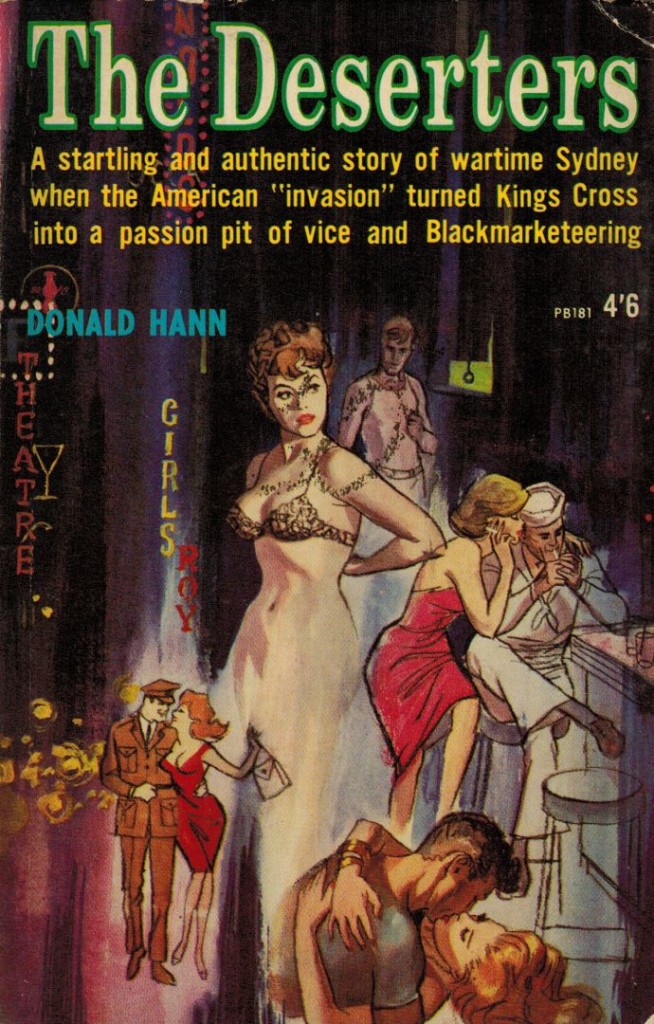 “A startling and authentic story of wartime Sydney when the American ‘invasion’ turned Kings Cross into a passion pit of vice and black marketing.”
“A startling and authentic story of wartime Sydney when the American ‘invasion’ turned Kings Cross into a passion pit of vice and black marketing.”
Earlier this week I reviewed Louis Nowra’s terrific social history Kings Cross A Biography for the Overland Journal website.
Kings Cross has always had a particular place in our popular imagination as Australia’s capital of sin, sleaze and crime.
The terrific 1995 television mini-series Blue Murder and the not-so-wonderful Underbelly: Razor and Underbelly: The Golden Mile all did their bit to maintain this unsavoury reputation.
In the sixties and early seventies, Kings Cross was also a favourite setting for locally published pulp novels.
As I have discussed many times on this site, pulp fiction is a warped reflection of mainstream society, its illicit desires, fears and fascinations. Thus it was with pulp’s depiction of the Cross as a virtual Sodom and Gomorrah of sex, gambling, crime and human depravity of every description.
Wild youth gangs, criminal syndicates, black magic, pulp took all of these and turned them into portable, pocket sized key pieces of key hole voyeurism. From a publishing perspective they sold a bomb to punters eager for vicarious thrills and a peek of the dark goings on in the Cross.
Nowra’s book didn’t touch on this this particular aspect of Kings Cross’s hold on our popular imagination.… Read more
Posted in Gold Star Publications, Horwitz Publications, Pulp fiction in the 70s and 80s, Pulp Friday, Pulp paperback cover art, Scripts Publications, Vintage pulp paperback covers
Tagged Donald Hann, Gold Star Publications, Horwitz Publications, James Holledge, Julian Spencer, Kings Cross Black Magic, Kings Cross pulp fiction, Kings Cross: A Biography, Louis Nowra, Scripts Piublications, The Deserters, The Spungers
Pulp Friday: Night Squad by David Goodis
 “They gave him back his badge – and sent him down into the brutal throbbing heart of the slums.”
“They gave him back his badge – and sent him down into the brutal throbbing heart of the slums.”
The first Pulp Friday for 2014 needs no introduction, Night Squad by the legendary US noir writer, David Goodis.
The cover above is from the first printed edition of the book, by Gold Medal Books in 1961.
I love the seamy noir atmosphere created by this cover. I also love the back cover blurb:
“The loneliest man on earth.
The Night Squad wanted Corey on its team, and the racket boys wanted him, too.
The trouble was that Corey wanted them both. But the cops had offered Corey only a badge, while Walter Grogan had bribed him with big money. Both sides were brutal, both knew as much about the slums as the rats infesting it. And Corey Bradford walked a tightrope between them, not knowing whether the man who smiled at him one day would be aiming a bullet at his head the next.”
Enjoy.
Pulp Friday: What Now My Love and the Tao of counter cultural pulp fiction
 The counter culture and protest politics of the late sixties and early seventies resulted in some fascinating pulp fiction.
The counter culture and protest politics of the late sixties and early seventies resulted in some fascinating pulp fiction.
A good example is What Now My Love by Floyd Salas, published by Grove Press in 1969.
I’ve been thinking a lot lately about how one defines ‘pulp fiction’. As a general rule, pulp is understood to be anything that involves fast writing and that was not meant to last. The transitory nature of pulp can be seen in a literary sense, books not deemed part of our literary heritage, as well as the physical nature of the product, the cheap paper it was printed on, the often poor binding, etc.
I have a number of problems with this definition, not least of which is a suspicion of how ‘literature’ is defined by mainstream critics.
But that’s for another post.
The ‘what is pulp’ discussion is particularly interesting in the context of the sixties and early seventies. It was a time when publishers embraced subjects relating to the counter cultural and radical politics, and the distinction between high and low brow culture began to fragment.
Most obvious pulp books about the counter culture were produced by writers trying to cash in on the salacious headlines and mainstream angst generated by bikers, beats, hippies, drug use, ‘free love’, etc.… Read more
Pulp Friday: prison pulp
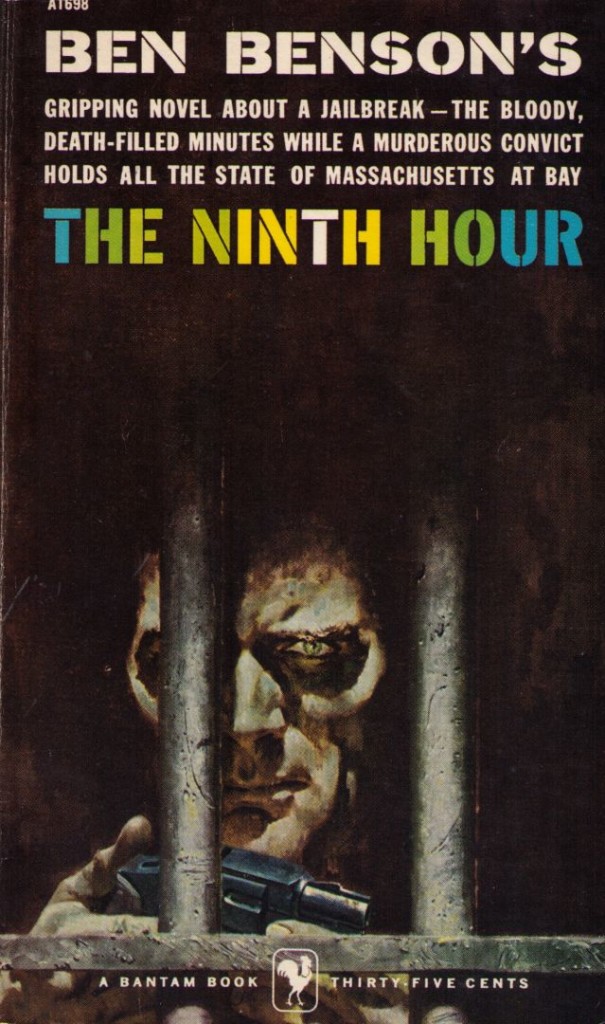 “Gripping novel about a jailbreak – The bloody, death filled minutes while a murderous convict holds all the state of Massachusetts at bay.”
“Gripping novel about a jailbreak – The bloody, death filled minutes while a murderous convict holds all the state of Massachusetts at bay.”
Jail breaks, prison life, men and woman wrongly convicted and languishing in hell hole jails, all these were popular themes in cinema in the fifties, sixties and early seventies. They were also popular topics for pulp fiction.
Exhibit A is this selection of prison pulps from my collection.
Between them, these books cover off on all the main themes associated with prison pulp.
There are tension filled jail breaks in Billy Braggs and The Ninth Hour (“Three desperate prisoners, armed with smuggled .45’s, were holed up in the Isolation Cell Block, with two guards as hostages”).
Wrongfully convicted men feature in The Fall of the Sparrow, Headed For the Hearse (“His address was Death Row and his lease was up in six days…”), and Patricia Highsmith’s The Glass Cell.
The travails of women behind bars, particularly their sensationalised sexual exploits, are the subject of the two Australian pulps represented below, The Lights of Skaro and Queen Rat (“From behind bars Dawn Arness ruled the lives of prisoners and guards alike. She was Queen Rat”).
Prison was particularly suited to my favourite sub-genre of pulp fiction, tabloid-style reporting dressed up as serious sociological inquiry.… Read more
Pulp Friday: The Flower People
 “Super-zap them all with love. That’s the Hippie slogan. And they mean you.”
“Super-zap them all with love. That’s the Hippie slogan. And they mean you.”
The cover of this week’s Pulp Friday speaks for itself, The Flower People by James Holledge.
I mean, like, wow man, that is one far out cover.
The Flower People was published in 1967 by Scripts Publications, the outfit set up by Horwitz Publications in the late sixties to release its racier titles. Thanks to Melbourne pulp collector Brian Coffey for alerting me to this wonderful title and allowing me to copy it.
Holledge featured recently on this site as the author of Kings Cross Black Magic and Teenage Jungle. A former clerk who became part of the stable of in-house writers brought together by Horwitz in the early sixties, his specialty was salacious journalistic tracks parading as sociological expose.
He’s in fine form in The Flower People, billed as an “inside expose” of hippy culture, delving into everything from free love, their profligate use of contraception, rejection of “square society”, drug use and radical politics.
“Super-zap them all with love. That’s the Hippie slogan. And they mean you.” Readers must no doubt have found the idea hippies coming to get them, in their suburban homes, to turn them on, alarming and alluring, especially if the hippy concerned looked the one on the cover of this tome.… Read more

